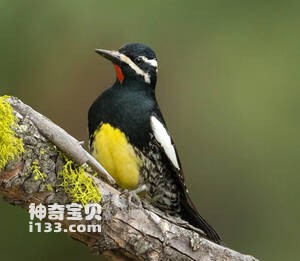
Sphyrapicus thyroideus
Sphyrapicus thyroideus,Williamson's Sapsucker
Sphyrapicus thyroideus and Williamson's Sapsucker are not known.Listed i···
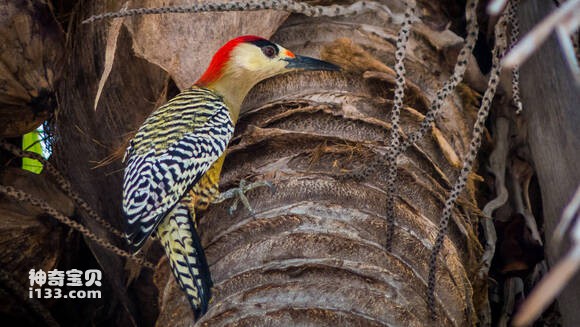
Melanerpes superciliaris
Melanerpes superciliaris,West Indian Woodpecker
The great red-bellied Woodpecker is known as Melanerpes superciliaris and We···
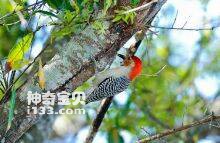
Melanerpes carolinus
Melanerpes carolinus,Red-bellied Woodpecker
The Red-bellied Woodpecker is Melanerpes carolinus and red-bellied Woodpecke···

Melanerpes santacruzi
Melanerpes santacruzi,Velasquez's woodpecker
Melanerpes santacruzi (Velasquez's woodpecker) is a subspecies of woodpe···
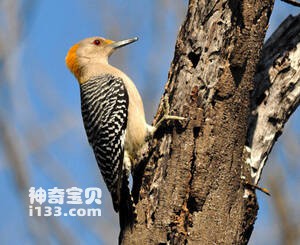
Melanerpes aurifrons
Melanerpes aurifrons,Golden-fronted Woodpecker
Melanerpes aurifrons and Golden-fronted Woodpecker are unknown.Listed in the···
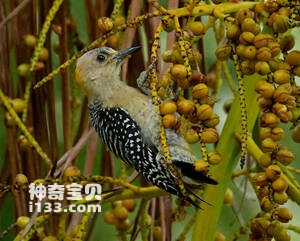
Melanerpes hoffmanni
Melanerpes hoffmanni,Hoffmann's Woodpecker
The Woodpecker Melanerpes hoffmanni, also known as Hoffmann's Woodpecker···
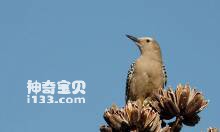
Melanerpes uropygialis
Melanerpes uropygialis,Gila Woodpecker
The Gila Woodpecker has three subspecies, Melanerpes uropygialis and Gila Wo···
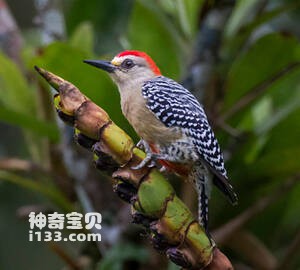
Melanerpes rubricapillus
Melanerpes rubricapillus,Red-crowned Woodpecker
The Red-crowned Woodpecker Melanerpes rubricapillus, red-crowned Woodpecker,···
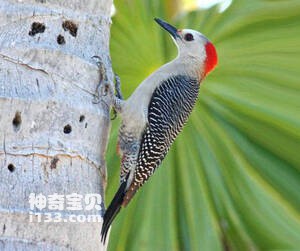
Melanerpes pygmaeus
Melanerpes pygmaeus,Yucatan Woodpecker
The Yucatan Woodpecker is known as Melanerpes pygmaeus and Yucatan Woodpecke···
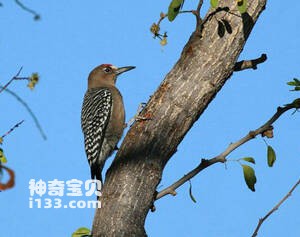
Melanerpes hypopolius
Melanerpes hypopolius,Gray-breasted woodpecker
Melanerpes hypopolius and Gray-breasted woodpecker are unknown.Listed in the···
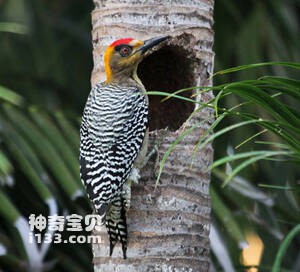
Melanerpes chrysogenys
Melanerpes chrysogenys,Golden-cheeked Woodpecker
The species is known as Melanerpes chrysogenys and Golden-cheeked Woodpecker···
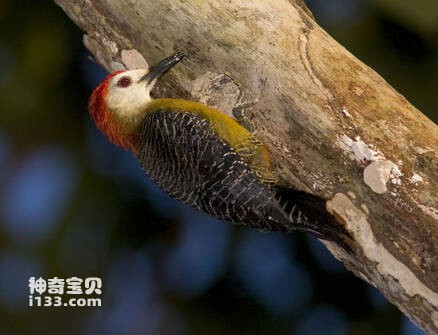
Melanerpes radiolatus
Melanerpes radiolatus,Jamaican woodpecker
The Jamaican woodpecker is known as Melanerpes radiolatus and Jamaican Woodp···
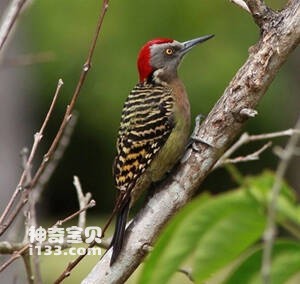
Melanerpes striatus
Melanerpes striatus,Hispaniolan Woodpecker
The Latin American Woodpecker is known as Melanerpes striatus and Hispaniola···
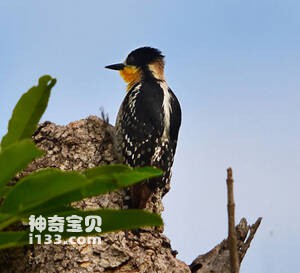
Melanerpes cactorum
Melanerpes cactorum,White-fronted Woodpecker
The White-fronted Woodpecker, Melanerpes cactorum or white-fronted woodpecke···
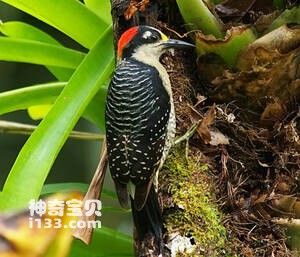
Melanerpes pucherani
Melanerpes pucherani,Black-cheeked woodpecker
The Black-cheeked woodpecker is known as Melanerpes pucherani and black-chee···
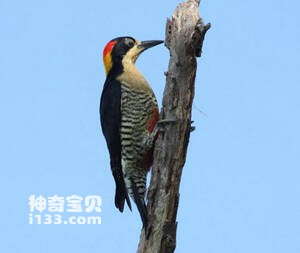
Melanerpes pulcher
Melanerpes pulcher,Beautiful woodpecker
Melanerpes pulcher, Beautiful woodpecker, is unknown.Protect wild animals an···
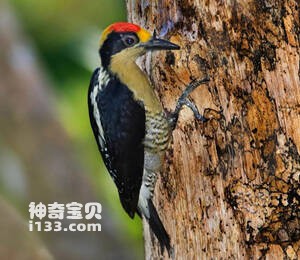
Melanerpes chrysauchen
Melanerpes chrysauchen,Golden-naped woodpecker
The species is known as Melanerpes chrysauchen and Golden-naped woodpecker。···
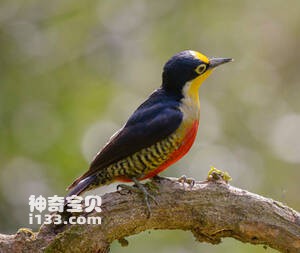
Melanerpes flavifrons
Melanerpes flavifrons,Yellow-fronted woodpecker
The Yellow-fronted woodpecker is Melanerpes flavifrons and yellow-fronted wo···
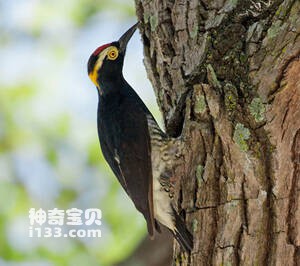
Melanerpes cruentatus
Melanerpes cruentatus,Yellow-tufted Woodpecker
The yellow-barked Woodpecker is known as Melanerpes cruentatus and Yellow-tu···
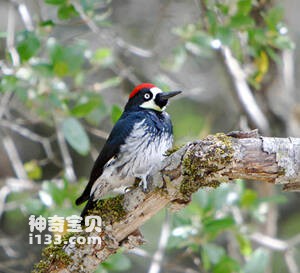
Melanerpes formicivorus
Melanerpes formicivorus,Acorn woodpecker
Melanerpes formicivorus, Acorn woodpecker, has seven subspecies.Oak woodpeck···

Melanerpes erythrocephalus
Melanerpes erythrocephalus,Red-headed Woodpecker
The Red-headed Woodpecker is Melanerpes erythrocephalus and red-headed woodp···
